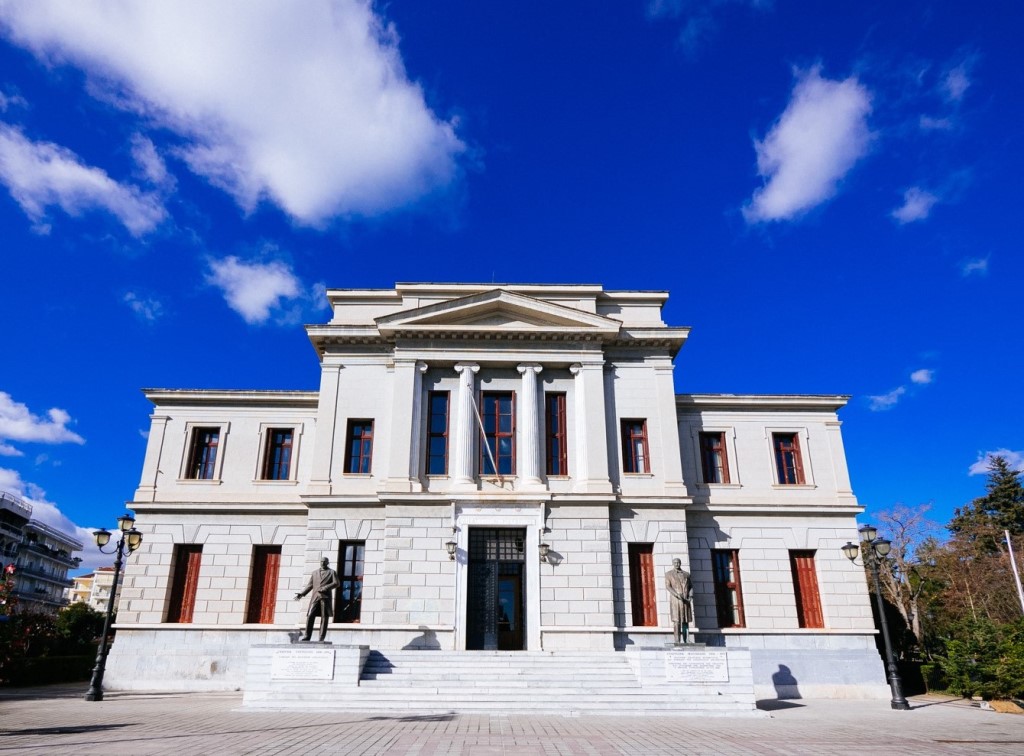The €1,252,800 restoration project undertaken at the Tripoli Courthouse included the following key works:
- Ensuring full, autonomous, and equal accessibility for persons with disabilities.
- Repairing both internal and external structural damage.
- Replacing and modernizing electromechanical installations.
- Enhancing the building's architectural features with focused lighting to highlight its historical significance.
- Undertaking comprehensive restoration efforts through a contract valued at €1,252,800.
The Tripoli Courthouse, a two-story structure with a basement, was originally constructed around 1930. Built from stone, the building features a reinforced concrete slab at its center and four-bay roofs covered in French tiles at its ends. Its facades exhibit prominent neoclassical elements, including gables, cornices, columns with Ionic capitals, and pilasters with Doric-style capitals.
The main entrance is monumental, and inside, a colonnade of six Ionic-style columns leads to a marble staircase. On the first floor, an atrium is adorned with Ionic-style column arches. In the basement, there are cells that once held individuals condemned to death during the Occupation and Civil War periods. Engravings of drawings and poems by former prisoners can still be found on the walls of these cells. Surrounding the building is a well-maintained green space, adding to its architectural and historical significance.
The Courthouse stands as a notable example of neoclassical architecture, with its distinctive form and decoration, and is a place of profound national and local historical importance. The restoration work was carried out with meticulous attention to preserve the original neoclassical characteristics of the 90-year-old building, ensuring that its historical integrity remains intact for future generations.















